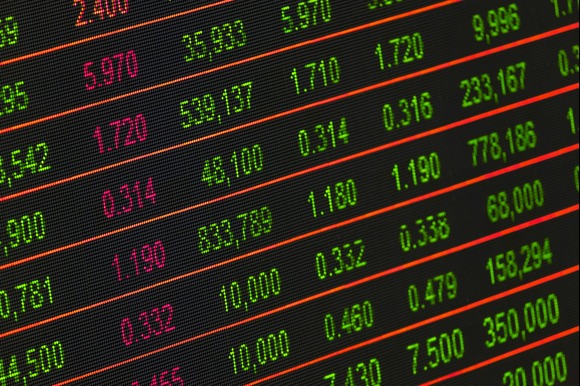
Photo by Pixabay
Wall Street’s primary indices experienced a decline on Monday, following comments made by US President Donald Trump over the weekend that heightened concerns regarding a potential trade war and its implications for economic growth.
The Nasdaq led the downturn among Wall Street’s key indices, plummeting nearly 4% to reach a level not seen in almost six months.
As of 11:05 a.m. ET, the Dow Jones Industrial Average had decreased by 323.95 points, or 0.76%, settling at 42,477.77. The S&P 500 fell by 114.16 points, or 1.99%, to 5,656.04, while the Nasdaq Composite dropped by 665.79 points, or 3.66%, to 17,530.43. Tesla’s stock declined by 7%, marking its lowest point since November 5, after UBS revised its forecast for the company’s first-quarter deliveries and adjusted its price target downward.
The technology sector led the declines on the S&P 500, falling by 2.6%. The Russell 2000 index, which focuses on smaller domestic companies, also saw a decrease of 1%.
Both JPMorgan Chase and Goldman Sachs experienced declines exceeding 3%, contributing to the overall downturn in the banking sector. In a Sunday interview, Trump refrained from predicting the likelihood of a recession, amidst investor apprehensions that his inconsistent trade policies regarding Mexico, Canada, and China could negatively impact consumer spending and corporate investment.
China’s retaliatory tariffs on certain US imports were scheduled to take effect on Monday, with US tariffs on specific base metals expected to follow later in the week. Art Hogan, chief market strategist at B. Riley Wealth, remarked, “It has been a challenging period for the markets, primarily due to the uncertainty surrounding tariffs.”
A Reuters survey indicated that 91% of economists perceive an increased risk of recession linked to Trump’s fluctuating trade policies. Additionally, HSBC downgraded US stocks, citing the ongoing uncertainty regarding tariffs. The S&P 500 recorded its most significant weekly decline since September on Friday, and on Monday, the Nasdaq fell over 10% from its peak in December, indicating a potential correction.
The CBOE Volatility Index has reached levels not observed since December of the previous year. Later this week, data regarding inflation, job openings, and consumer confidence is anticipated. On Friday, investors found some reassurance in remarks made by Fed Chair Jerome Powell, who indicated that the economy remains robust; however, he also emphasized the importance of exercising caution regarding the reduction of borrowing costs.
The Federal Open Market Committee is scheduled to meet next week, and traders are predicting that policy rates will remain unchanged for the first half of this year, as per data gathered by LSEG. US-listed Chinese companies, including Alibaba, experienced a decline of 3.1 percent, while Bilibili saw a drop of 5 percent, following data from China that raised concerns about the recovery of the world’s second-largest economy.
In the cryptocurrency sector, stocks such as MicroStrategy fell by 10 percent, Coinbase decreased by 9 percent, and Riot dropped by 5.2 percent, reflecting the downward trend in bitcoin prices. On the NYSE, declining stocks outnumbered advancing ones by a ratio of 2.83 to 1, while on the Nasdaq, the ratio was 2.98 to 1 in favor of declining issues.
The S&P 500 recorded three new 52-week highs and one new low, whereas the Nasdaq Composite noted 10 new highs and 40 new lows.




